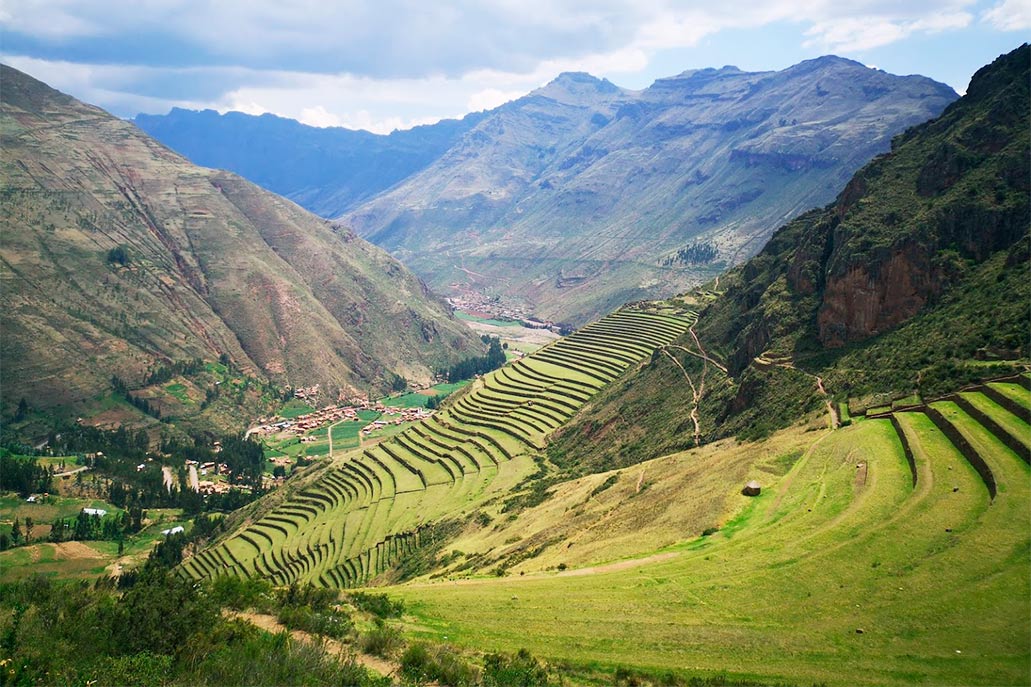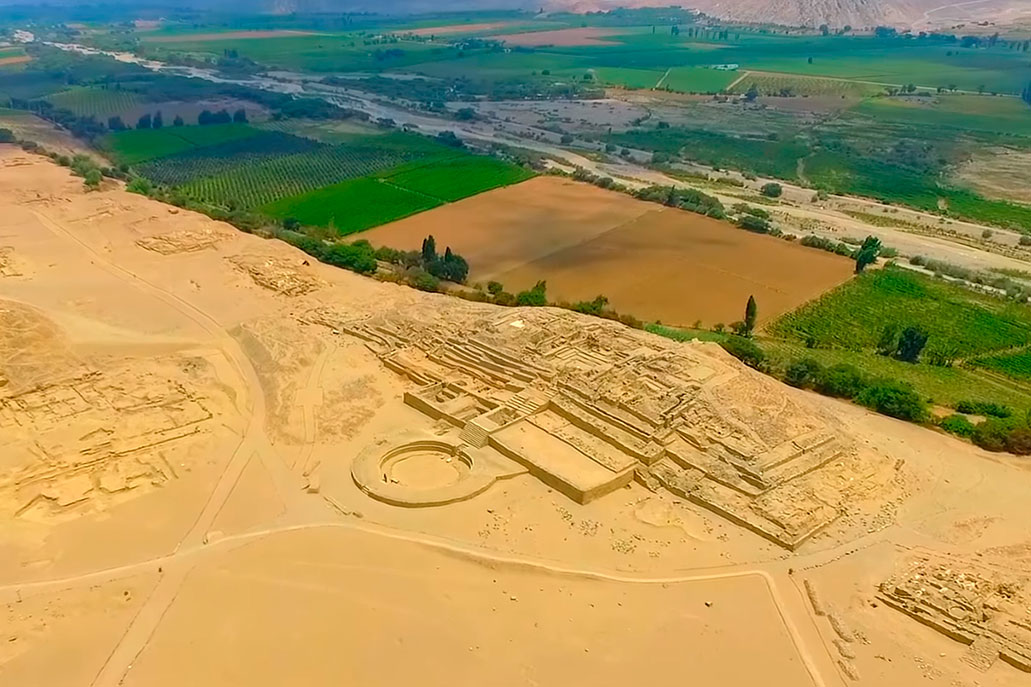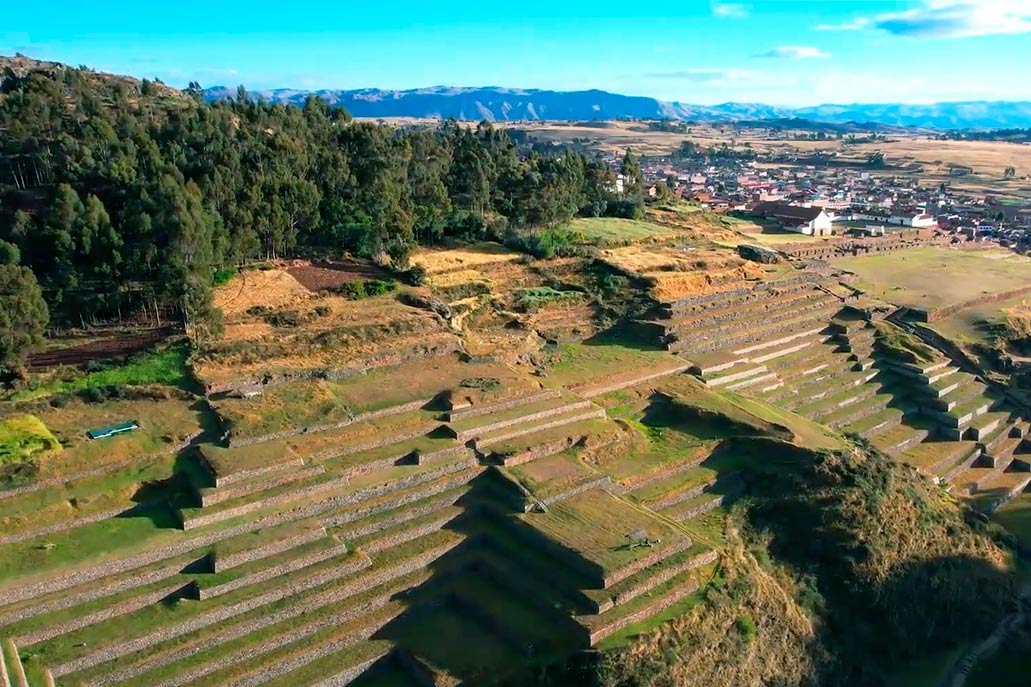The vast majority of archaeological sites housed ceremonial spaces dedicated to ancestral divinities. These buildings were built with great care and exceptional knowledge of structural engineering. The oldest that we will find in Peru borders temporarily with the most popular cultures of the ancient world, such as the case of Egypt and Mesopotamia. Unfortunately, the studies that were carried out in Peru were late and could not be classified as pillars of universal history or of the history of humanity. Although they probably underestimated what was found in this part of the world, but thanks to what was found, it is possible to narrate and learn more about mythology, stories and their customs from this part of the world. Here you will find the necessary information. Join us to learn more!
Recommendations of articles on archaeological sites in Peru
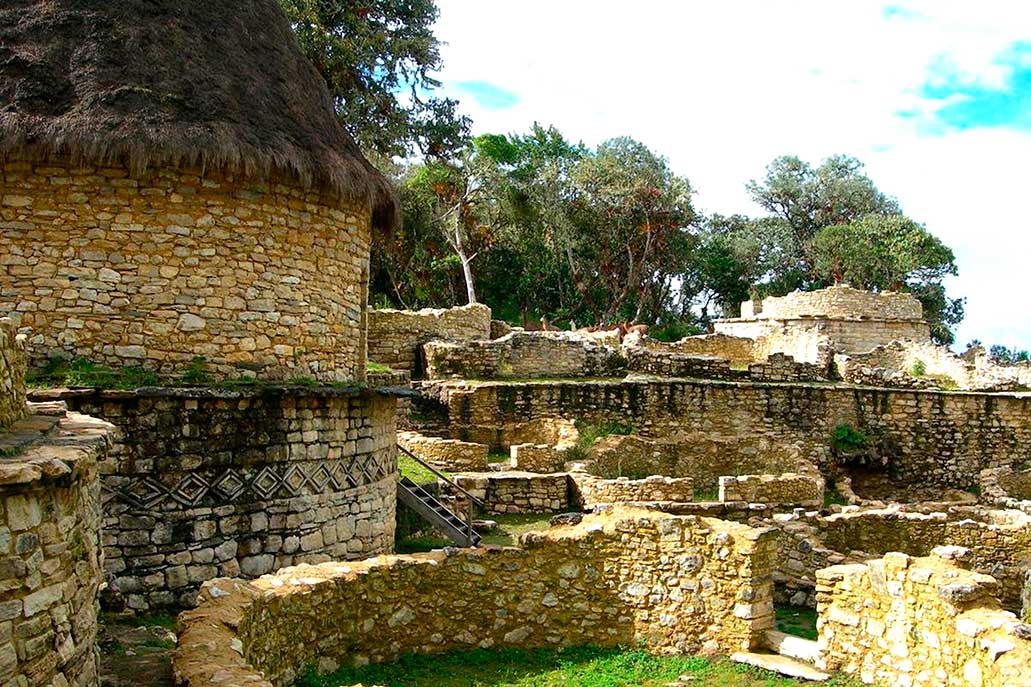
Archaeological sites in Peru
Peru has a history whose first civilization (Caral) dates back more than 5 thousand years. Perhaps the most famous architectural work of the first Peruvians is Machu Picchu, considered as…
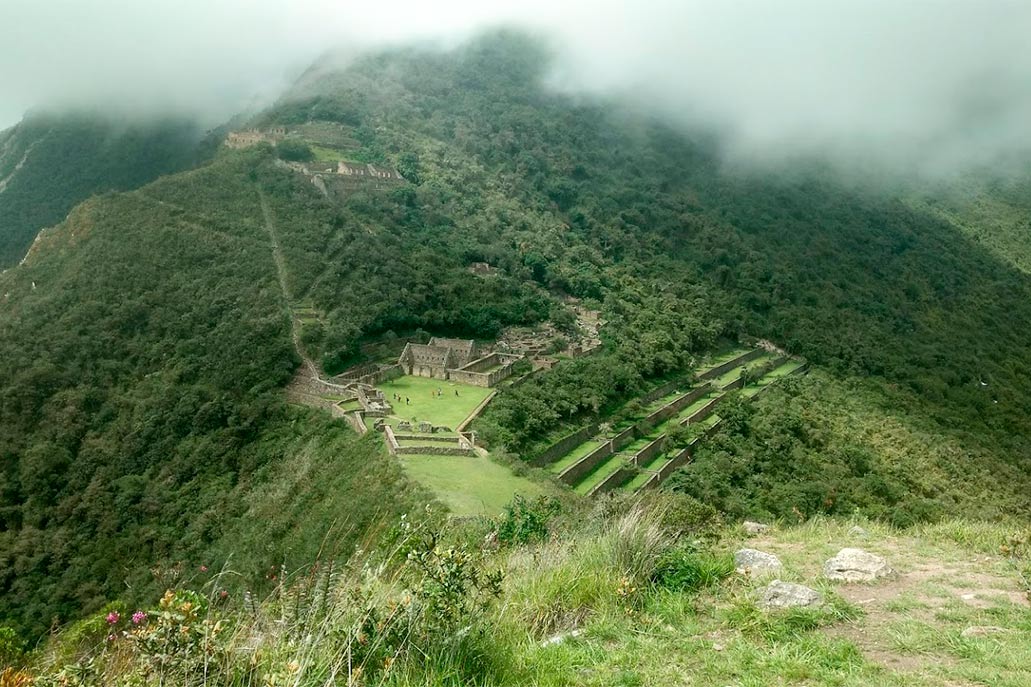
Archaeological sites of Cusco
Machu Picchu is the most famous Inca archaeological site in Cusco and Peru. However, there are many archaeological sites in Cusco that are worth visiting. Even some of them have a structure, history…
What is an archaeological site?
An archaeological zone or site is a place that has been preserved, even over the years, and manages to communicate events or activities that used to be carried out. Another of its main features is that provides a valuable historical record to compare it with other similar or even contemporary findings.
The records that can normally be found date back to prehistory, various historical processes and even why not, almost contemporary records. All these sites are of incalculable value since they are constantly investigated according to the parameters of archaeology.
What are the archaeological sites of Peru?
It seems that Peru was destined to host great events. Years ago it housed the oldest culture in America, or at least that record is kept up to the present day. In Peru there are investigations of various cultures that little by little began to move towards the Peruvian Andes.
The first civilizations in Peruvian territory were formed on the coast, but due to the inclemencies produced by the El Niño current, they ended up overshadowing the beginning of these cultures that could not compete against the force of nature. However, there are still some traces of their wonderful constructions both on the coast, in the Andes and in the Peruvian jungle. Let’s briefly look at some of them.
Archeological site | Location, age and importance |
|---|---|
| Caral | Located north of Lima, it is more than 5,000 years old. It is considered the oldest civilization in all of America. |
| Huacas of the Sun and the Moon | Located south of Trujillo, its construction dates from the 1st century BC. It was the capital of the Mochica culture. |
| Pachacamac | Very close to present-day Lima, located between the Chancat and Lurín valleys. Some constructions date from 200 AD. C. It was a ceremonial place and served as an oracle. |
| Sipán | Located in Lambayeque precisely in Huaca Rajada. They began its construction in the year 100 AD. Royal Tombs were found in the enclosure. |
| Chan Chan | Just 5 kilometers from Trujillo. Its construction dates from the 12th century. It is considered the largest adobe construction. |
| Machu Picchu | Located approximately 5 hours from Cusco. Its construction dates from the fifteenth century. It is considered one of the 7 Wonders of the World. |
| The Witcher | Also located in Lambayeque. You can appreciate the succession of different cultures dating back more than 5,000 years. |
How many archaeological sites are there in Peru?
Throughout Peru you can visit different archaeological sites, as we mentioned above. There is an approximate record of more than 65 archaeological sites or zones throughout the Peruvian territory. There are many more, the Ministry of Culture commissioned and maintains all these constructions so that the interested public can visit them. Site museums were also built at some of these locations. In these museums, some of the pieces found are exhibited, important information is provided, and an adequate space is set up so that both children and adults have a special experience.
Region | Archaeological sites |
|---|---|
| Lima | Huaycán de Pariachi, Huaycán de Cieneguilla, Caral – Supe, Pachacamac, Pucllana |
| Lambayeque | Ventarrón, Huaca Chotuna, Sicán, Huaca Rajada, Túcume. |
| Amazonas | Kuelap, Karajía. |
| Ancash | Pañamarca, Chavín, Sechín, Willkawaín. |
| Cajamarca | Ventanillas de Otuzco, Kunturwasi, Cumbe Mayo. |
| Huánuco | Garu, Huanuco Pampa, Kotosh. |
| La Libertad | Marcahuamachuco, Chan Chan, The Witcher, Huacas of the Sun and the Moon. |
| Piura | Narihualá. |
| Tumbes | Cow’s head. |
| Arequipa | Dead Bull, Uyo Uyo. |
| Apurímac | Saywite. |
| Ayacucho | Cheqo Wasi, Intihuatana-Pomachocha, Wari. |
| Huancavelica | Uchkus Inkañan, Inka Wasi. |
| Ica | The Sentinel, Tambo Colorado, Huayuri, Nazca, Achaco.v |
| Puno | Pukara, Cutimbo, Sillustani. |
What are the archaeological sites of Cusco?
Cusco was the capital of the largest empire in America, the Tawantinsuyo, it was able to expand thanks to the different conquests made by the sovereigns. Cusco, being the capital, had important buildings, which unfortunately were looted and destroyed due to the different disputes that occurred both due to the civil wars and the battles to recover the city of Cusco, taken by the Spanish.
Another of the moments where all the constructions of Cusco were considerably affected was by religious control and the imposition of it. The different temples of the Incas were totally destroyed and all the convents, churches, monasteries and temples of the Catholic Church were built on them. In some cases, the stones of the walls were reused for other constructions, while in other cases the walls were kept since they were very difficult to collapse. When passing through the streets of Cusco you can appreciate these stone walls that serve as foundations for colonial constructions.
Throughout the Cusco region you can find different archaeological sites, as in the case of sites that were discovered just a century ago. These places maintained their original distribution. Most of these places are protected and thanks to the Ministry of Culture of Peru, they receive maintenance and visits are regulated to avoid causing damage. Next, we leave you a list of the archaeological sites that you can visit on your arrival in Cusco – Peru.
- • Sacsayhuamán.
- • Pisac.
- • Chinchero.
- • Ollantaytambo.
- • Rachi.
- • Tipón.
- • Vilcabamba.
- • Machu Picchu.
- • Puka Pukara.
- • Tambomachay.
- • Piquillaqta.
- • Choquequirao.
- • Huamanmarca.
- • Coricancha.
- • Moray.
- • Otros más.
The best example of the Catholic-Christian imposition can be seen in the Temple of Coricancha that coexists with the Santo Domingo church. This construction is one of the most popular to visit in Cusco. It is possible to visit this place with the City tour and independently.
When is the ideal season to visit the archaeological sites of Cusco?
Most of the archaeological sites are located outside the cities, this can make visits difficult in certain seasons. In Peru, two seasons can be identified, the first of which is the wet or rainy season that occurs from November to March. The dry season occurs the rest of the months (April to October), this being the best season to visit any of the archaeological sites, especially if they are located in the regions that comprise the Andes.

